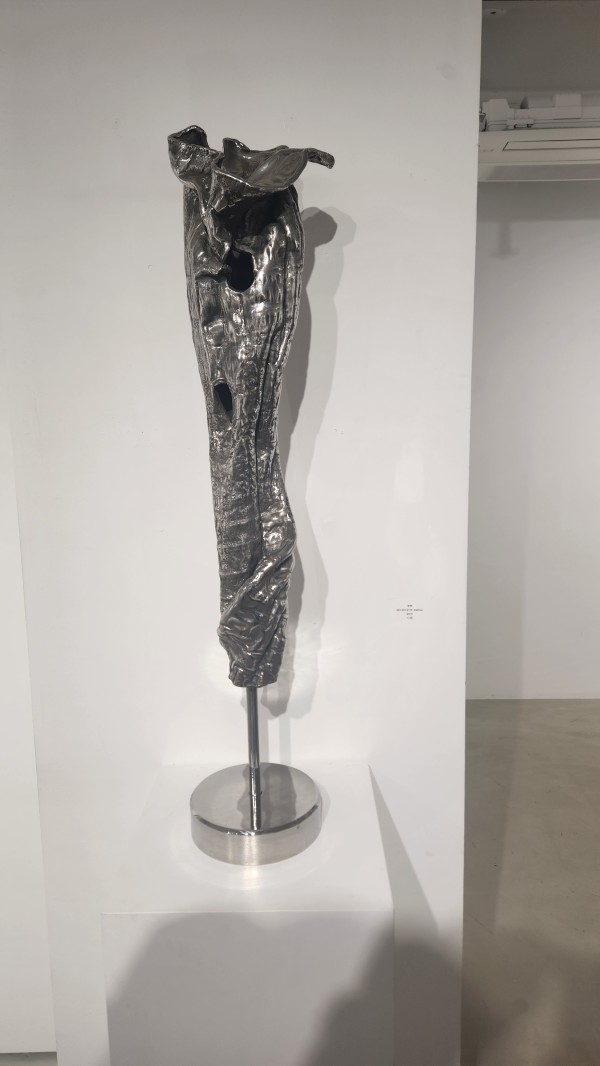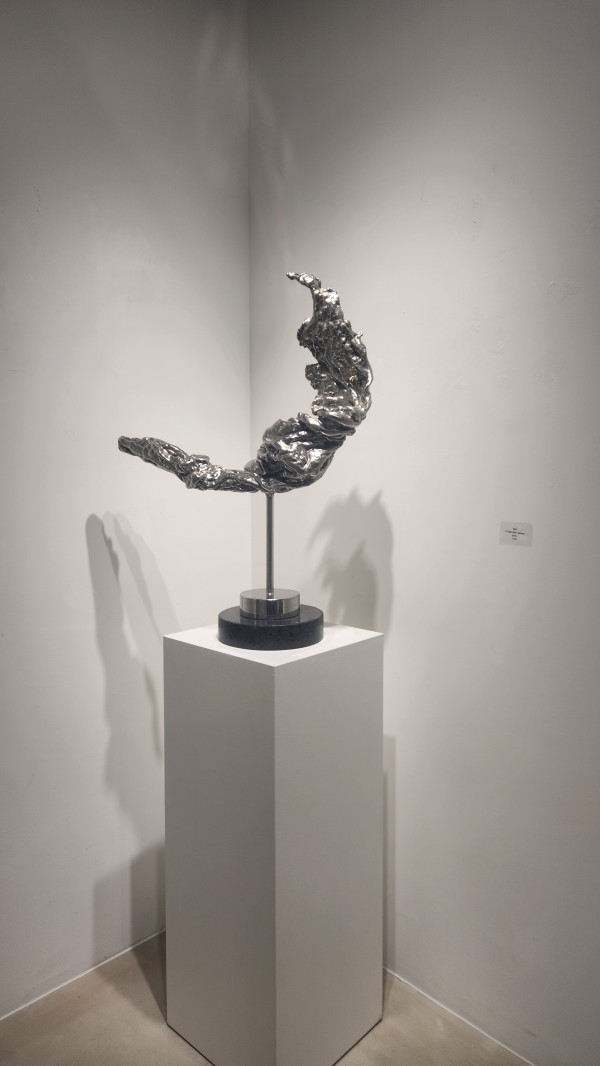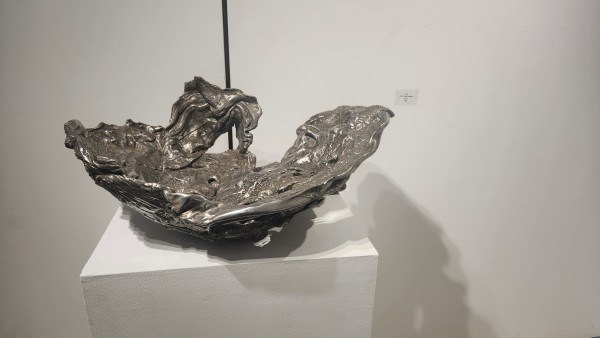
오미갤러리에 전시된 양태모 화가의 작품
Located in the heart of Seoul’s Insadong (35-6 Insadong-gil, Maru Main Building 2F), Omi Gallery is gaining attention for its innovative exhibition marketing strategies designed to captivate both foreign tourists and local audiences.
Rather than serving merely as a space to display artworks, the gallery embraces a multidimensional approach that combines media outreach, social media amplification, influencer collaborations, experiential content, and targeted promotions for international visitors.
The first step is strengthening media coverage.
By engaging not only art magazines but also economic dailies, local newspapers, and English-language outlets, Omi Gallery builds credibility and extends reach.

Each article is then amplified through the gallery’s social media channels, emphasizing narratives of tradition meeting modernity and Insadong as a cultural destination loved by foreign visitors. Influencer partnerships add another layer.
Lifestyle and art influencers—along with international creators visiting Korea—are invited to share authentic “exhibition moments” that naturally spread across social platforms, creating a powerful word-of-mouth effect.
The gallery is also exploring interactive programming such as live painting sessions, art merchandise, pop-up stores, and café-linked events. These initiatives transform the act of viewing art into a participatory cultural experience.
For international tourists, English-language materials and digital targeting campaigns play a central role.
Location-based ads on Google Maps and Instagram, along with collaborations with the Korea Tourism Organization, ensure direct visibility to global visitors exploring Insadong.
Positioning its exhibitions as an ongoing branded series rather than one-off events, Omi Gallery aims to establish itself as a “K-art destination” for foreigners and locals alike, sustaining attention through seasonal and artist-focused programming. Last month, from September 16 to 30, the gallery hosted a solo exhibition by artist Yang Tae-mo, who has been experimenting with crystal as a primary medium. “By layering crystal over traditional vessels, I bring past and present into dialogue,”
Yang explains. “Crystal did not exist in earlier times; it is a material unique to our era. It allows me to merge the temporality of tradition with the materiality of the modern.” Far beyond material experimentation, Yang uses crystal as a metaphor for the infinite expansion and timelessness of the universe.
“Depending on the angle of ligh, tcrystal reveals a boundless universe. It represents both eternity and a spiritual experiment,” he notes.

Starting with familiar forms like traditional ceramics, Yang’s work incorporates crystal to offer viewers a transcendent dimension of perception, moving beyond ornament into an exploration of cosmic and spiritual sensibility.
“Omi Gallery’s mission is to ensure artworks do not stop at the exhibition walls but become a medium for dialogue with the public,” says director Kwon O-mi.
“Through diverse cultural exchange projects, we intend to position Insadong as a true global art platform.”
